What is Kibo?
The Japanese Space Module (JEM) also known as "Kibo" is an experimental facility built by Japan on the International Space Station (ISS). "Kibo" means 'Hope' in Japanese.
Kibo is the largest ISS science module. It consists of six major elements: 1) Pressurized Module (PM), 2) Exposed Facility (EF), 3) Experiment Logistics Module-Pressurized Section (ELM-PS), 4) Experiment Logistics Module-Exposed Section (ELM-ES), 5) Japanese Experiment Module Remote Manipulator System (JEMRMS), and 6) Inter-orbit Communication System (ICS)
Since 2008, Kibo has been used for experiments investigating the effect of gravity - or microgravity, which is what astronauts aboard the ISS actually experience. Research topics include plant growth, space medicine, and the development of technologies for future activities in space. Kibo has facilities to grow plants and keep fish.
About the International Space Station
The International Space Station is a facility where astronauts live in for long periods of time and perform various space experiments. Currently, 15 countries participate in this programme. Apart from Japan, other countries involved include the USA, Russia, Canada, Germany and Italy. The most famous astronaut on the ISS was probably the Canadian Commander Chris Hadfield, who was the first man to record a David Bowie cover in space.
About KIBO-ABC
The Japanese Space Agency JAXA created the "KIBO-ABC" programme, as part of its office to promote the use of the Kibo facility.
The Japanese space agency (JAXA) is bringing the opportunity to collaborate on space research to other Asia-Pacific countries. This collaboration is known as Kibo-ABC. So far eight countries are involved with Kibo-ABC: Australia, Indonesia, Japan, Korea, Malaysia, New Zealand, Philippines, Thailand and Vietnam.
In 2011, first Kibo-ABC programme - "Asian Seeds" - began. Seeds from plants collected in Indonesia, Malaysia, Thailand, and Vietnam were transported to Kibo and then returned to Earth after a few months. The "space seeds" brought back to Earth were used in cultivation challenges with students participating from all over Asia. Experiments were also performed to compare the germination and growth of the space seeds with seeds that were not transported into space.
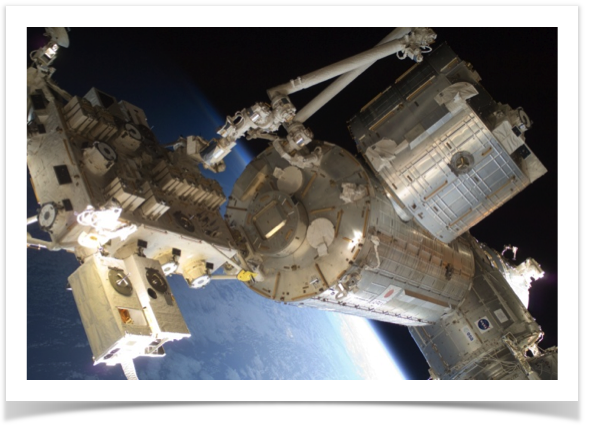
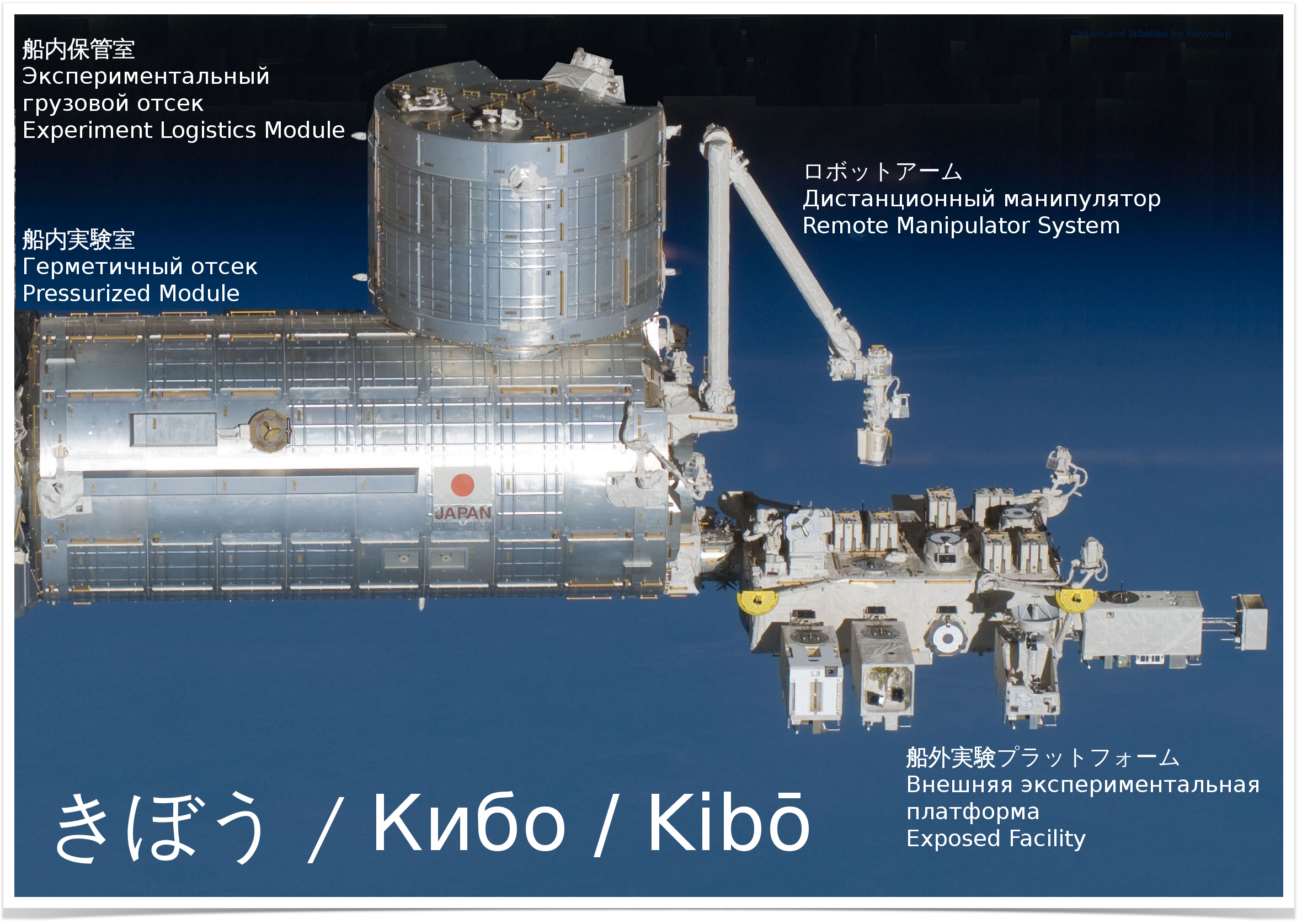
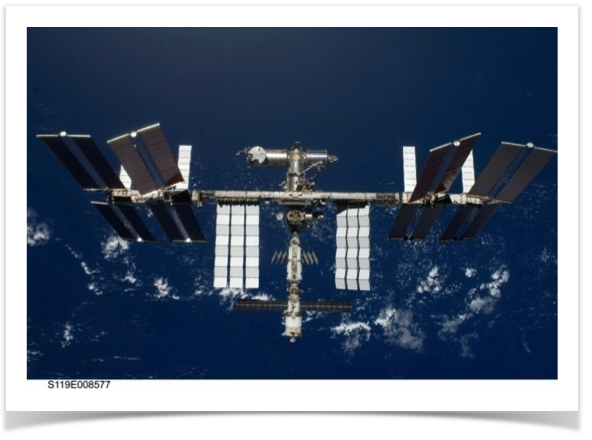
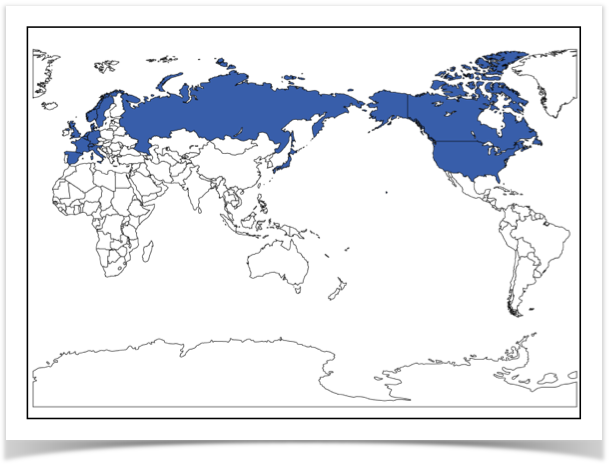
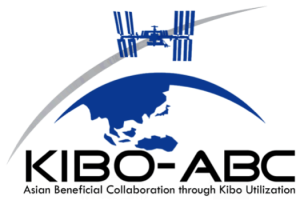
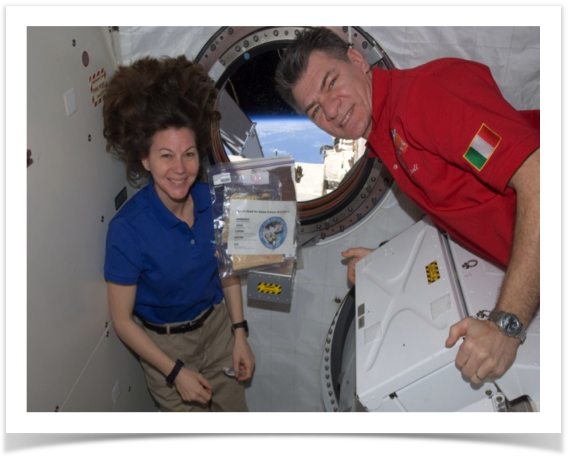
2 Comments
Melanie Newfield
I've had a go at this page now.
Haritina Mogosanu
that's really cool!!